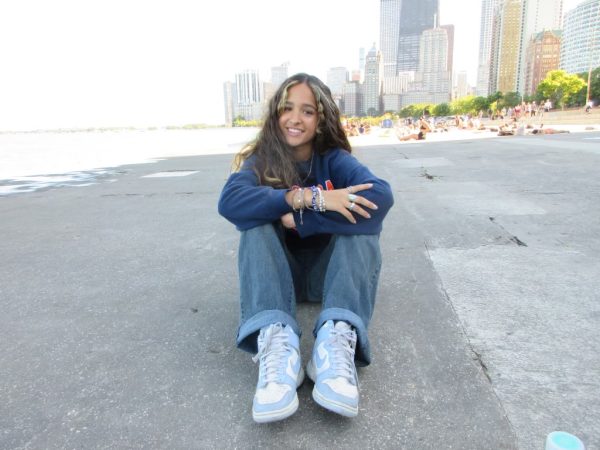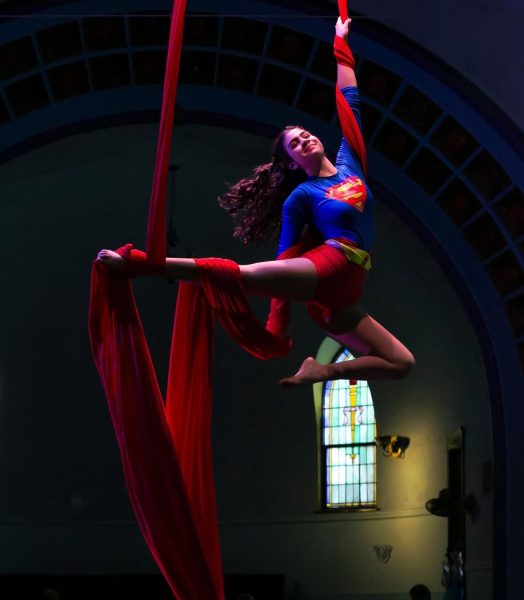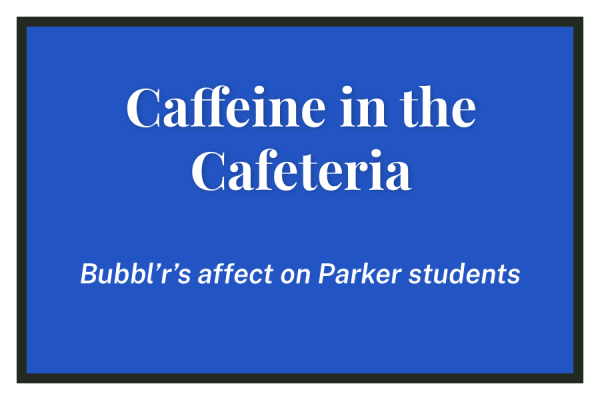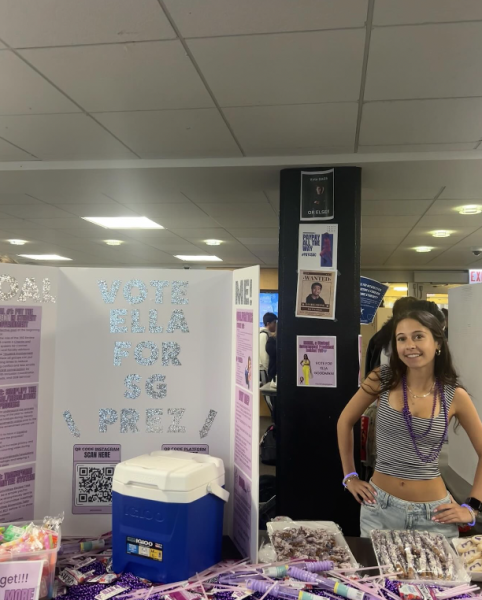Life Outside Parker’s Walls
Dhingra and Moser Hear the Silenced Voice of the Homeless
Parker is in a city where the school’s faculty, staff, and students pass panhandlers on the daily. Seniors in the A period video documentary class, Nik Dhingra and Richard Moser, wondered how these people came to be in a position where plastic cups serve as wallets and sidewalks served as mattresses. With this question in mind and a camera in hand, they set out to uncover the stories of two men Parker students see standing around the school’s surrounding stores every day.
“I was inspired to do this video doc for a number of reasons,” Dhingra said. “Whenever I’d walk to 7-Eleven or Dunkin’ Donuts, I would find myself almost always passing Jackie and Alonzo. I thought talking to them and getting their stories would further inform Parker about the people they pass by every day and about the homeless community in general. There’s a lot of negative stigma associated with homeless people globally, and I wanted to break the potential stereotypes that existed within Parker students.”
Jackie Robinson, a resident of Lincoln Park who can usually be found around the 7-Eleven on Clark and Belden, is not homeless for reasons related to drugs or laziness. Robinson was kicked out of his own home by his mother when he was 13 and forced to spend his days collecting spare soda cans and sleeping on trains in order to survive. To this day, the last words his mother spoke to him burn in his ears: “You won’t make it to 18.” Robinson is now 43.
These words of hatred turned into motivation for Robinson, as he was forced to struggle through adolescence and do some things he “wasn’t too proud of later on in life.” Now Robinson finds himself calling his mother every year on his birthday only to tell her his age and then hang up the phone. Robinson said, “There’s nothing else to talk about.”
“This was the most shocking part for me” Dhingra said. “The struggles he had to endure as a kid our age simply to survive showed how much I take for granted in my daily life. Homeless don’t have access to resources that open up a path to success like we do.”
Alonzo, as he introduces himself, the other man interviewed for the video documentary, speaks in the documentary of the sequence of events that spiraled into his homelessness. For Alonzo, it was as simple as moving in with his serious girlfriend at the time, only to have their relationship not work out.
“She ended up putting me out . . . and I lost my job,” Alonzo said “But there are a lot of things you can do to help yourself.”
One of those is to avoid the path of addiction, as Alonzo has done.
“I haven’t succumbed to a lot of the stuff that being out here on the street you have to deal with,” Alonzo said. “A lot of guys resort to either alcohol or drugs, but I just try to do the right things for the right reasons.”
Alonzo recognizes the struggles of others as well as his own. He said, “God granted me the serenity to accept the things I cannot change, the courage to change the things that I can, and the wisdom to know the difference.”
Dhingra has changed some of his habits as a result of the documentary.
“I talk to Alonzo whenever I see him now,” Dhingra said. “In fact, the other day he informed me he got a job at UPS. I believe by acknowledging his struggles and caring about his success, the video documentary helped us form a sort of friendship.”
To finalize the documentary, Dhingra and Moser had to condense thirty five minutes worth of video into a 10 minute piece. “We originally planned on interviewing four or five people,” Moser said, “but once we completed the 20 minute interview with Jackie and fifteen minutes with Alonzo, it made the most sense to stop there because of their interesting and compelling stories.”






